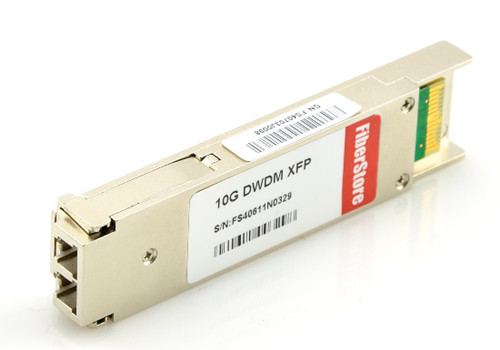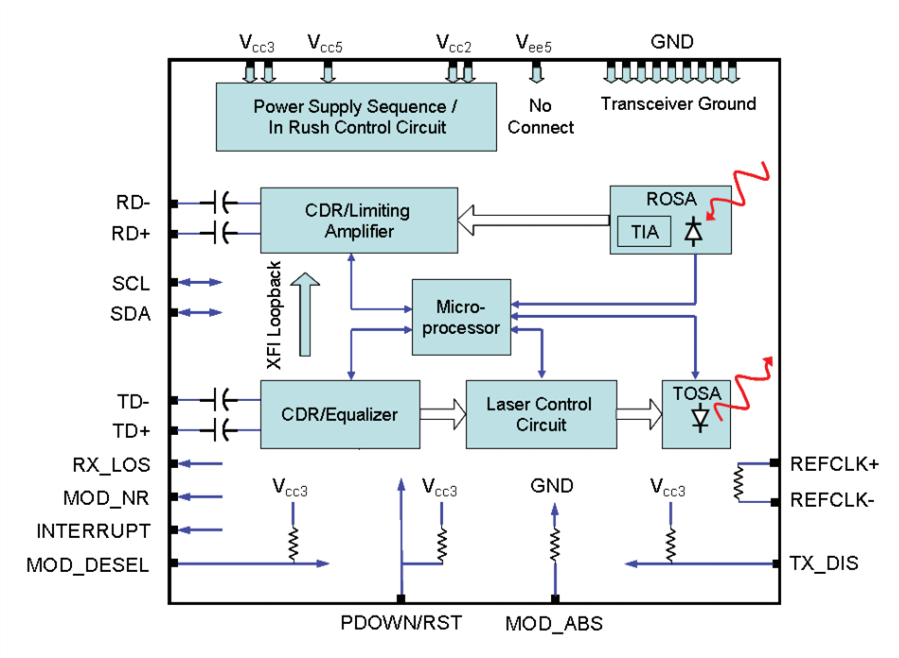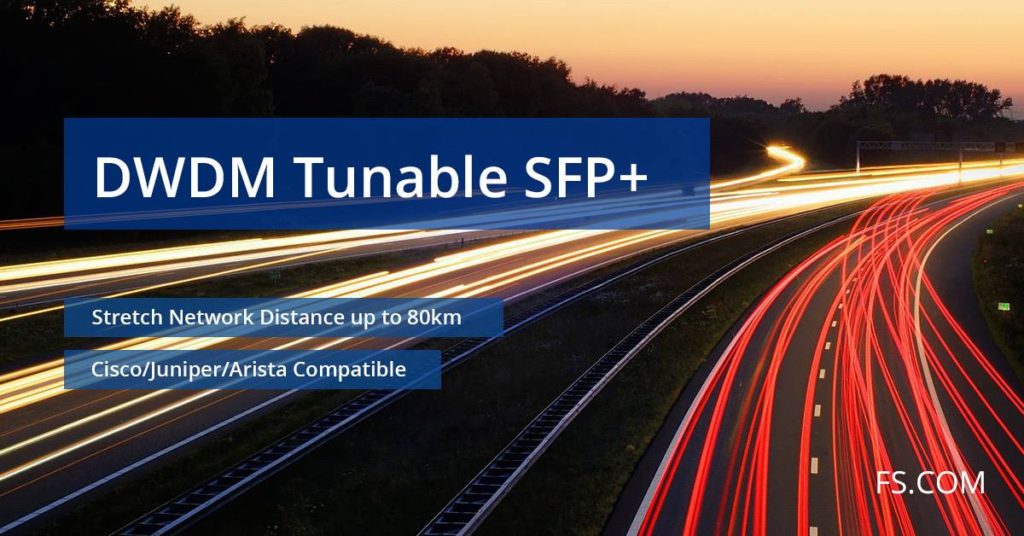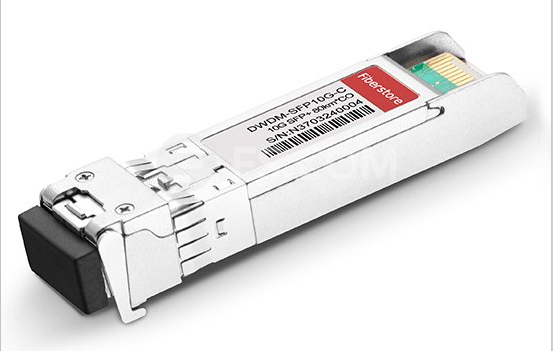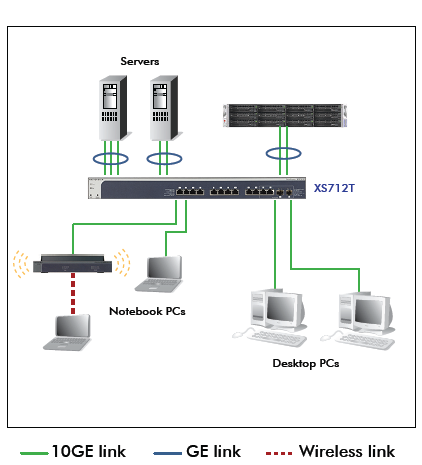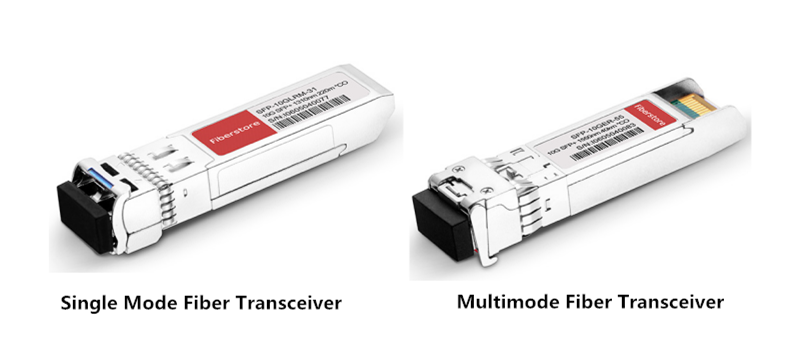As large-scale data centers transition to faster and more scalable infrastructures and with the rapid adoption of hyperscale cloud infrastructures and services, existing 100G networks fall short in meeting current demands. As the next-generation mainstream port technology, 400G significantly increases network bandwidth, enhances link utilization, and assists operators, OTT providers, and other clients in effectively managing unprecedented data traffic growth.
To meet the demand for higher data rates, FS has been actively developing a series of 400G products, including 400G switches, optical modules, cables, and network adapters.
FS 400G Switches
The emergence of 400G data center switches has facilitated the transition from 100G to 400G in data centers, providing flexibility for building large-scale leaf and spine designs while reducing the total number of network devices. This reduction can save costs and decrease power consumption. Whether it’s the powerful N9510-64D or the versatile N9550 series, FS 400G data center switches can deliver the performance and flexibility required for today’s data-intensive applications.
Of particular note is that, as open network switches, the N8550 and N9550 series switches can enhance flexibility by freely choosing preferred operating systems. They are designed to meet customer requirements by providing comprehensive support for L3 features, SONiC and Broadcom chips, and data center functionalities. Additionally, FS offers PicOS-based open network switch operating system solutions, which provide a more flexible, programmable, and scalable network operating system (NOS) at a lower total cost of ownership (TCO).
FS 400G Transceivers
FS offers two different types of packaging for its 400G transceivers: QSFP-DD and OSFP, developed to support 400G with performance as their hallmark. Additionally, FS provides CFP2 DCO transceivers for coherent transmission at various rates (100G/200G/400G) in DWDM applications. Moreover, FS has developed InfiniBand cables and transceivers to enhance the performance of HPC networks, meeting the requirements for high bandwidth, low latency, and highly reliable connections.
FS conducts rigorous testing on its 400G optical modules using advanced analytical equipment, including TX/RX testing, temperature measurement, rate testing, and spectrometer evaluation tests, to ensure the performance and compatibility of the optical modules.
FS 400G Cables
When planning 400G Ethernet cabling or connection schemes, it’s essential to choose devices with low insertion loss and good return loss to meet the performance requirements of high-density data center links. FS offers various wiring options, including DAC/AOC cables and breakout cables. FS DAC/AOC breakout cables provide three connection types to meet high-density requirements for standard and combination connector configurations: 4x100G, 2x200G, and 8x50G. Their low insertion loss and ultra-low crosstalk effectively enhance transmission performance, while their high bend flexibility offers cost-effective solutions for short links.
FS 400G Network Adapters
FS 400G network adapters utilize the industry-leading ConnectX-7 series cards. The ConnectX-7 VPI card offers a 400Gb/s port for InfiniBand, ultra-low latency, and delivers between 330 to 3.7 billion messages per second, enabling top performance and flexibility to meet the growing demands of data center applications. In addition to all existing innovative features from previous versions, the ConnectX-7 card also provides numerous enhanced functionalities to further boost performance and scalability.
FS 400G Networking Soluitons
To maximize the utilization of the 400G product series, FS offers comprehensive 400G network solutions, such as solutions tailored for upgrading from 100G to high-density 400G data centers. These solutions provide diverse and adaptable networking options customized for cloud data centers and AI applications. They are designed to tackle the continuous increase in data center traffic and the growing need for high-bandwidth solutions in extensive 400G data center networks.
For more information about FS 400G products, please read FS 400G Product Family Introduction.
How FS Can Help
Register for an FS account now, choose from our range of 400G products and solutions tailored to your needs, and effortlessly upgrade your network.




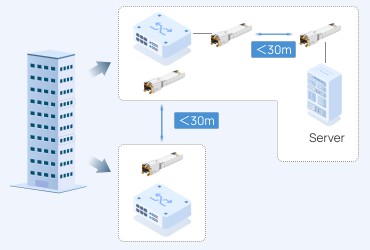
-18.jpg)
-17.jpg)
